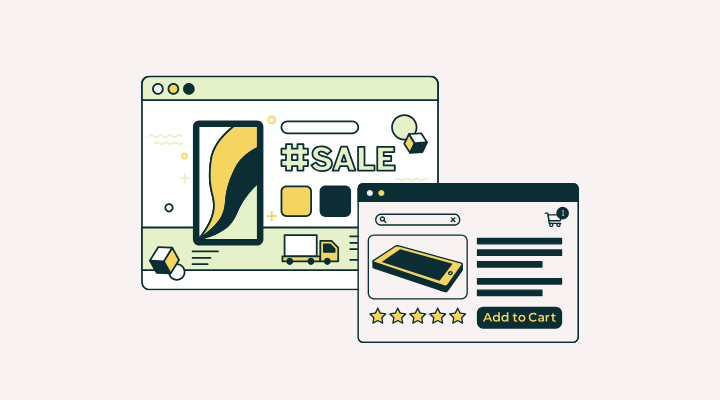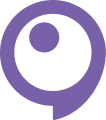Landing pages are a fundamental component of any marketing strategy. They are standalone pages designed with a specific goal: to encourage visitors to take a desired action. The effectiveness of a landing page depends on its alignment with the campaign's objective.
In this article, we explore different types of landing pages and how they serve various business goals.
1. Lead Generation Landing Pages
These landing pages are designed to generate high-quality leads such as name, email, or phone number. They typically include a form that visitors must fill out to gain access to an incentive, such as an eBook, a webinar registration, or a discount code.
Best Practices:
- Keep the form short, asking only for essential information.
- Offer an enticing incentive (e.g., free trial, downloadable guide).
- Use a strong call-to-action (CTA) that highlights the benefit of signing up.
Ideal for:
- B2B companies offering whitepapers and case studies.
- E-commerce stores collecting emails for future promotions.
- Service providers offering free consultations.
2. Click-Through Landing Pages
These landing pages act as an intermediary between an ad and the final conversion stage. Instead of a form, they feature persuasive content that prepares visitors before they proceed with a purchase or sign-up.
Best Practices:
- Use compelling headlines and benefit-driven content.
- Include social proof, such as customer reviews and testimonials.
- Optimize the CTA for a smooth transition to the next step.
Ideal for:
- SaaS companies offering free trials or demos.
- E-commerce businesses promoting new product launches.
- Subscription services encouraging sign-ups.
3. Sales Landing Pages
Sales landing pages aim to persuade visitors to make a purchase. They focus on showcasing the product’s benefits and addressing potential concerns or doubts.
Best Practices:
- Highlight the product’s unique selling points (USPs).
- Use high-quality images or video demonstrations.
- Offer discounts or free shipping to create urgency.
Ideal for:
- Online stores introducing new products.
- Online course providers.
- SaaS companies promoting subscription plans.
4. Event Registration Landing Pages
These landing pages promote registrations for webinars, conferences, workshops, or live demos. They include event details, speaker information, and the benefits of attending.
Best Practices:
- Clearly display the event’s date, time, and value.
- Include social proof, such as testimonials from past events.
- Use countdown timers to create urgency.
Ideal for:
- Businesses hosting educational webinars.
- Companies organizing business conferences.
- Brands offering exclusive live Q&A sessions.
5. Pricing Page
In some cases, directing visitors straight to the pricing page can be beneficial. This page should clearly present the pricing plans, making it easy for users to compare and choose the best option.
Best Practices:
- Highlight the unique value of each package.
- Display prices in a simple, easy-to-read format.
- Emphasize key features of each option.
6. "Unsubscribe" Landing Page
While not a core element of an advertising campaign, the unsubscribe page plays a role in maintaining a positive user experience. It provides options for users to explain their reasons for leaving and may offer alternatives, such as reducing email frequency.
Best Practices:
- Include a short feedback form to gather reasons for unsubscribing.
- Express gratitude for the user’s engagement so far.
- Maintain a positive and friendly approach.
7. Product Page
Most corporate websites have product sections, but if you want to promote a specific product via email or ads, a dedicated product page is the best option. This page should include detailed information, visuals, and benefits that attract users to make a purchase.
Best Practices:
- Present the product with detailed descriptions and engaging visuals.
- Include customer reviews and ratings.
- Use clear CTAs for easy purchase completion.
8. Thank You Pages
These landing pages appear after a successful action (e.g., form submission) and are used to enhance the user experience while guiding them to the next step.
Ideal for:
- Follow-up offers and upselling.
- Businesses looking to strengthen customer loyalty.
The right landing page choice depends on your business’s marketing goals. Whether you aim to generate leads, increase sales, or boost event participation, optimizing your landing page can significantly improve conversion rates and the success of your strategy.


